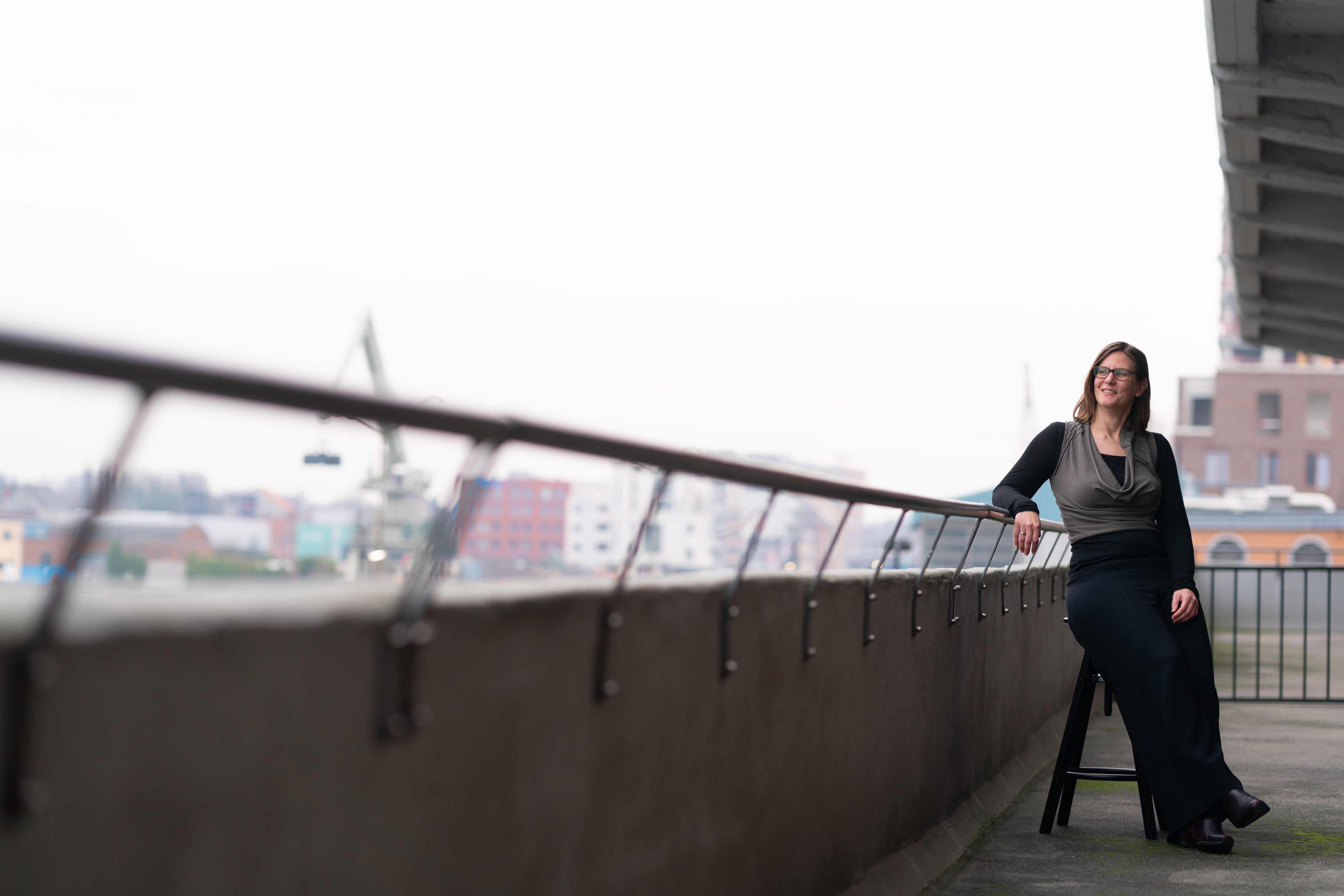B2B Businesses planning to swap creativity for resilience? Think twice. Think MACH.
Isabel Donvil, Managing Director at The Reference

Although the pandemic seems to be behind us by now, economic times remain dramatic for a lot of industries. Our uncertain era will not change anytime soon, and you could say that we are facing a perfect storm. For many businesses, rapid change is here to stay. Consequently, the ability to adapt as a business to new models and channels, with increasing user expectations, is key.
In B2B the adaptation rate of e-commerce is increasingly speeding up and business is growing (CAGR > 10%, according to Forrester on US B2B and McKinsey B2B growth equation). The question is: How to respond to this vital drive for change? How to improve business processes without messing with business continuity? The answer lies in the optimal integration and orchestration of the business processes that define the end-to-end user experience. If done right, using a phased approach for a specific brownfield, businesses can change while running their current activities.
A successful transformation is in fact not just about technical systems, but also about company culture and business processes, both vertically (outside-in) and horizontally (across silos). A thoughtful end-to-end customer journey can be marketing-inspired but it needs business process alignment (from ERP to the frontend) to optimize the customer experience.
A heavily monolithic infrastructure, characterized by slow innovation cycles, would largely hamper necessary change. Forrester predicted that in 2023, 80% of companies will redirect their innovation efforts from creativity to resilience. In my opinion, swapping creativity for resilience leads to placing the bet on the already known, the status-quo. Business leaders who seize growth opportunities, instead of hitting pause, will be the ones to reap the rewards. Business transitions, especially in more challenging conditions, absolutely need creativity.
But what does a true blend of creativity and resilience look like in today’s context, when it comes to digital transformation? Creativity manifests itself precisely in making bold decisions that give businesses the flexibility to innovate now and in the future. Evolving to a composable business, with proper integrated processes and the ability to scale up and down quickly, puts them on a path to real growth.
This is why MACH principles (microservices-based, API-first, cloud-native and headless) are gaining traction today, because they enable businesses to combine creativity and resilience. It’s not about technology; it’s about business enablement based on a futureproof foundation, as an alternative to monolithic suites. Characteristic features of the MACH-architecture are openness and interoperability, built in manageable components. MACH started primarily as a way to design larger web applications, mobile channels and front-end-facing projects. All of a sudden the design teams were not restricted anymore by the limitations of the all-in-one platforms, as the headless approach offers a lot more design freedom to craft a fluid experience for each user interface.
And this is becoming more and more important in a B2B context as well. B2B customers are expecting similar user experience as they are accustomed to in their private life and the convenience of using different channels during their customer journey (>10 in 2021 according to McKinsey B2B growth equation). But in B2B there is not a one-size-fits-all. As an example, the internal organization, complexity of pricing, different BUs, customer-specific assortments and much more, built up the USP to differentiate from competitors. Moving into composable business could be an interesting step, to invest in those areas where the difference is made. An e-commerce player with a larger commercial part and a limited content part would be able to shift more smoothly to a commerce engine with more functionalities linked to a small-scale content management system. Or vice versa.
Another example: for larger international companies, it could be an opportunity to separate the ordering process from payment. This decoupling would make it easier to alter a specific business process without changing the entire digital landscape. This allows adapting more swiftly to the needs of different BUs or brands, even supporting geographical expansions.
If a company needs/wants to invest in an additional channel, such as a chat functionality for customer service or integrate IOT, then they only need to change/add that part.
If your organization applies the finer points of this way of working, well and creatively, you’ll be able to adapt your processes seamlessly and respond to the changing user experience demands, the economic downturn and the always increasing technological capabilities (such as digital twins, ChatGPT and more).
Those leaders who make bold decisions in an economic slowdown ensure their competitive advantage in the future. Be one of them! Think twice before sacrificing creativity.